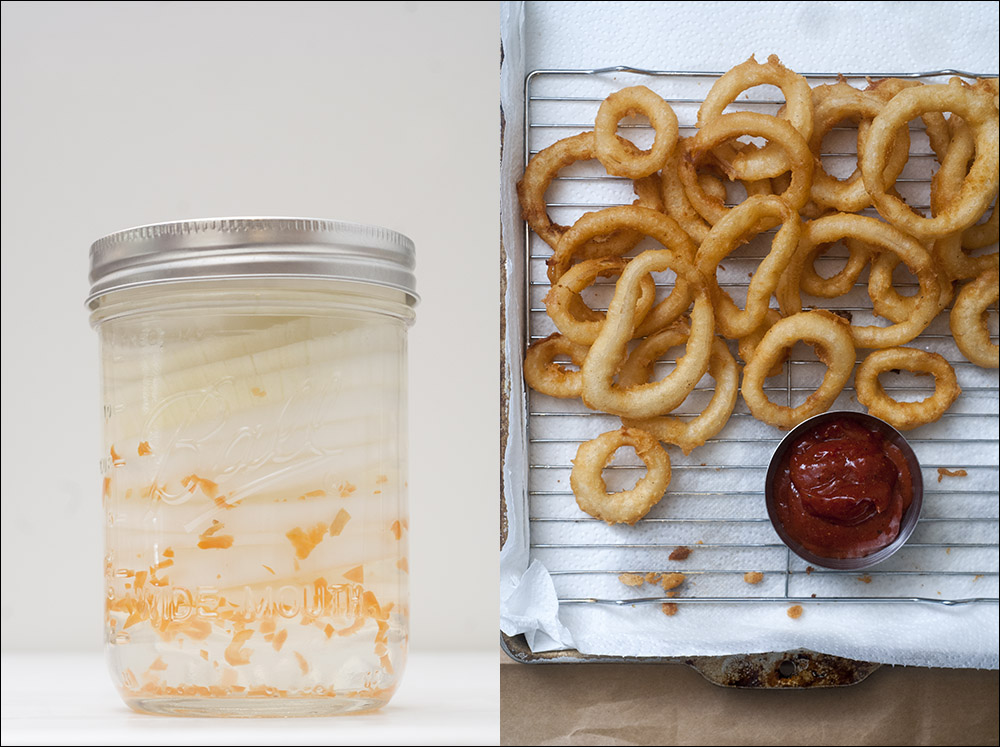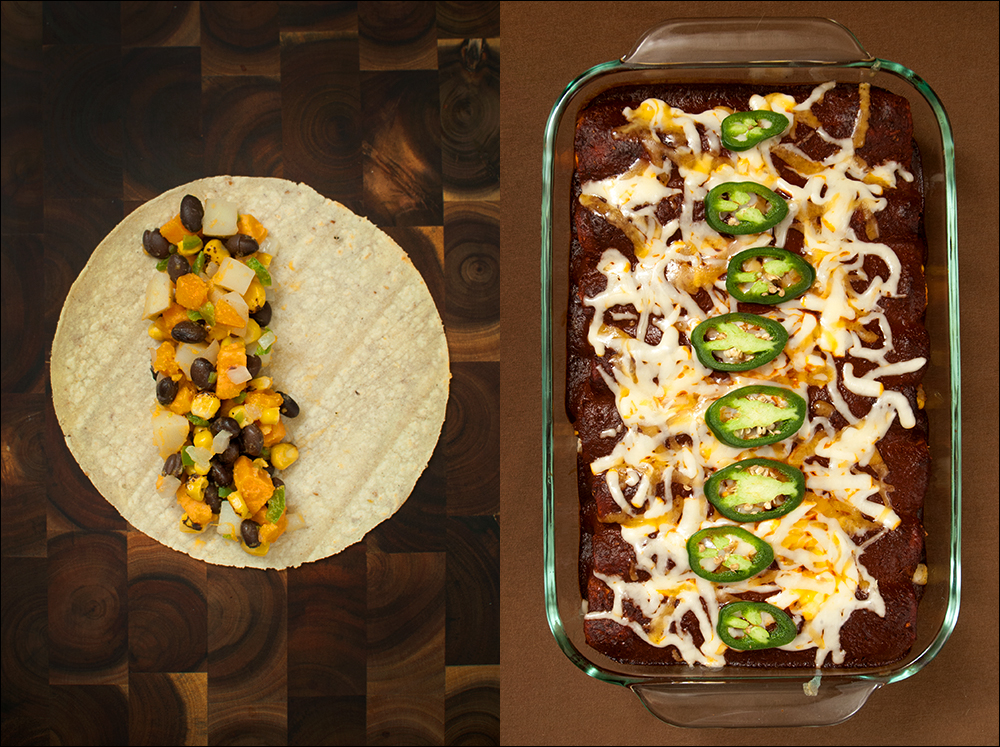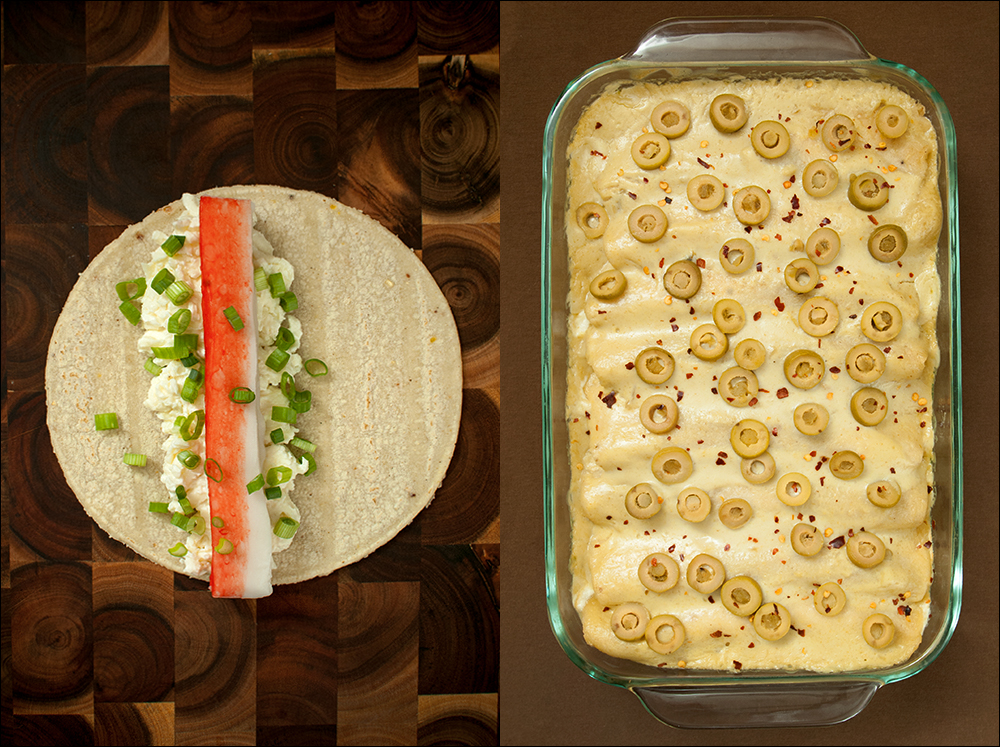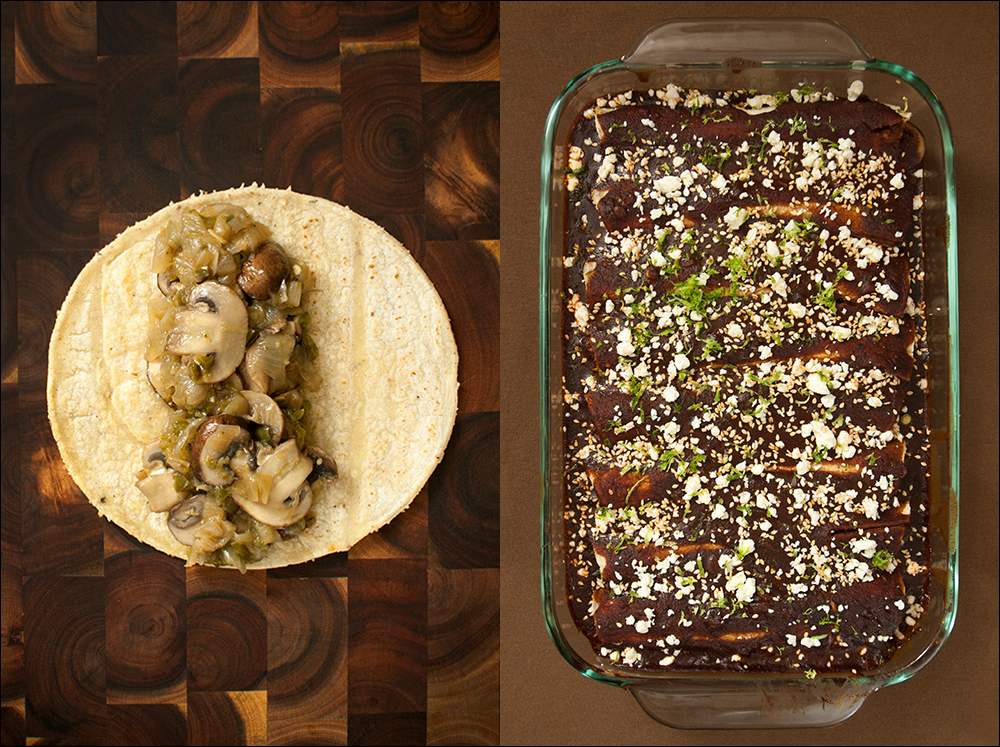 |
| 150+ plates of chilaquiles in Austin, Texas. © Ryan Schierling |
We've been scouring Austin for the very best chilaquiles it has to offer. We've torn apart the town, top to bottom, for almost fifteen years sampling both highbrow and humble versions of this traditional Mexican dish.
There are no shortage of restaurants offering up their take on what shouldn't really be more than crisp fresh-fried tortilla chips (totopos) simmered with a red or green sauce until just slightly softened, crowned with a pair of properly-cooked eggs. With such a simple preparation, you'd think it would be difficult to screw up this classic.
We weren't looking for haute cuisine a la Mexicana, we just wanted an honest, reliable, simple Sunday morning comfort-food breakfast at a joint where everyone might eventually know us (and our broken Spanish).
There were standouts, certainly, but just as often there were store-bought chips, soggy and swimming in sub-par sauces, eggs that were under-cooked, over-cooked or not even offered as an option. There were some surprises, and there were some disappointments.
There were also some stunningly brilliant breakfasts.
If a restaurant presented only one salsa option for chilaquiles, Julie and I would typically order the same dish. If a restaurant had both verdes (green) and rojos (red), we'd order one of each. The majority of the time, we'd order eggs over-easy. If we knew the eggs were hopefully going to be happy eggs (see $14-plus chilaquiles), I'd go for sunny-side-up. Beans, potatoes and accoutrements (if available) were taken into consideration, as was the coffee or aguas frescas. The overall experience was key, but really, it all came down to the chilaquiles.
After eating 150-plus different restaurant and food truck plates of chilaquiles, I can say we've done our due diligence, and now, we humbly present to you establishments that Julie and I both agreed have the finest chilaquiles in Austin. These are our favorites, the places we return to time and time again.
These chilaquiles are Austin's best of the best.











